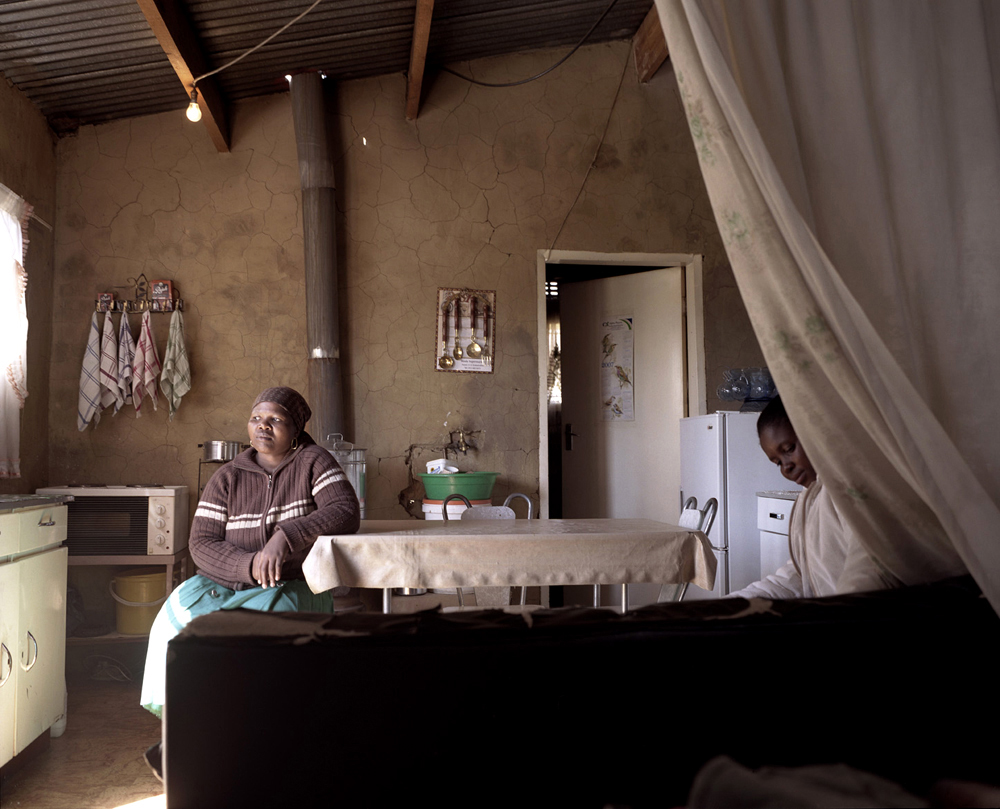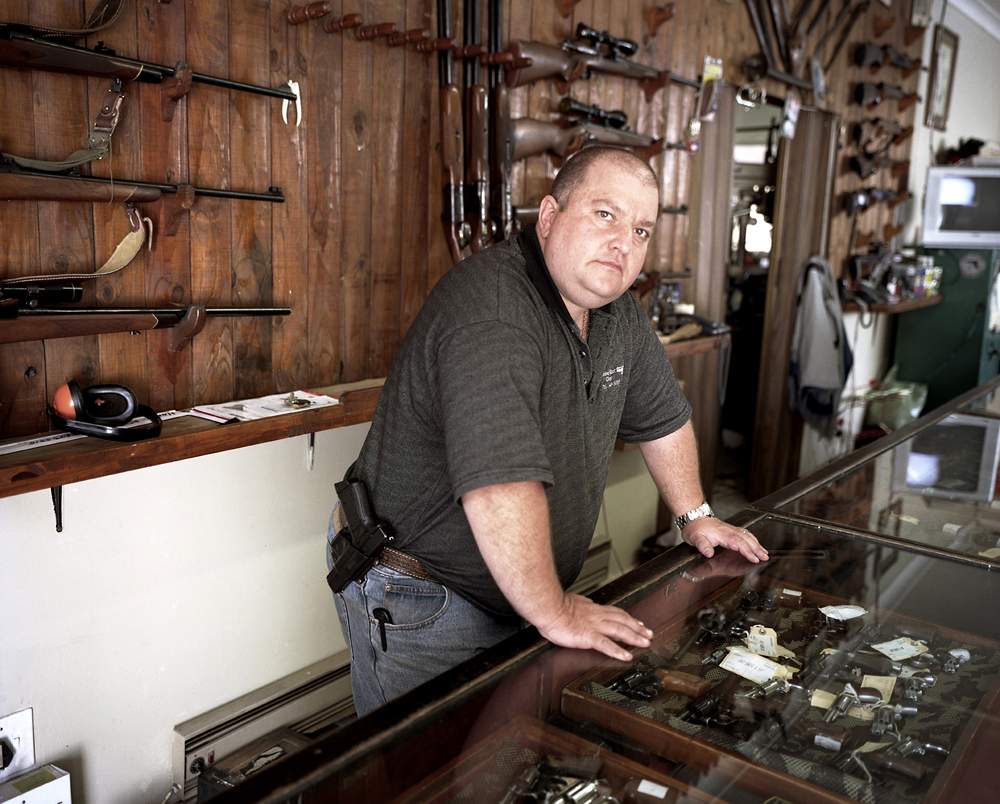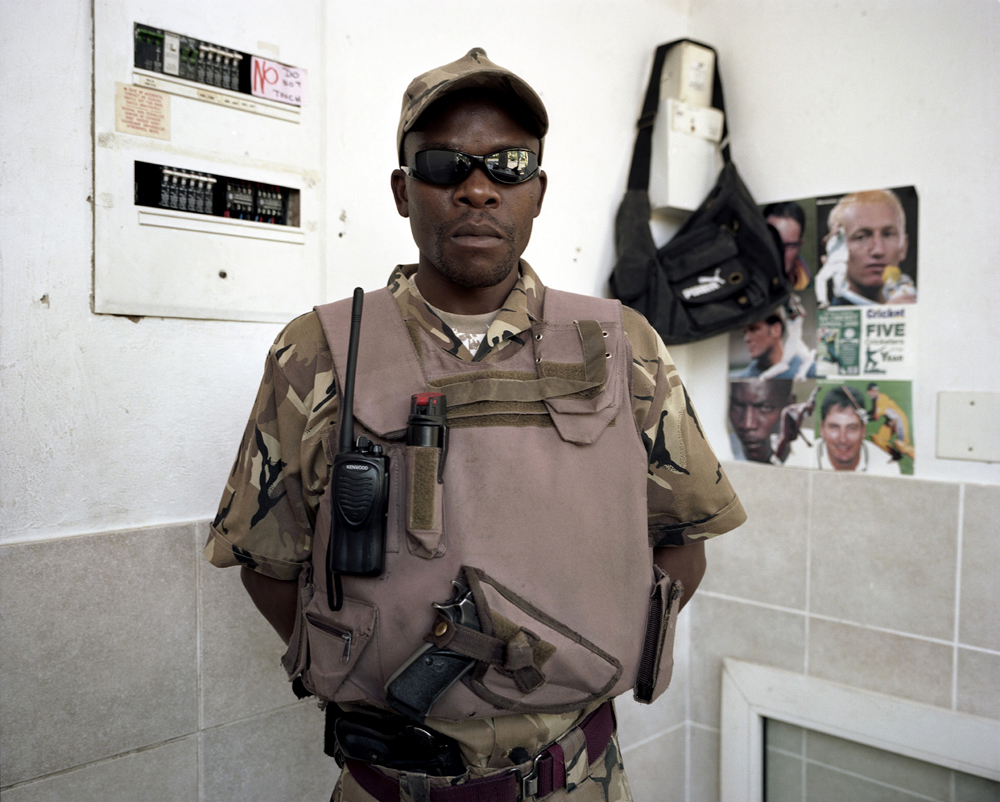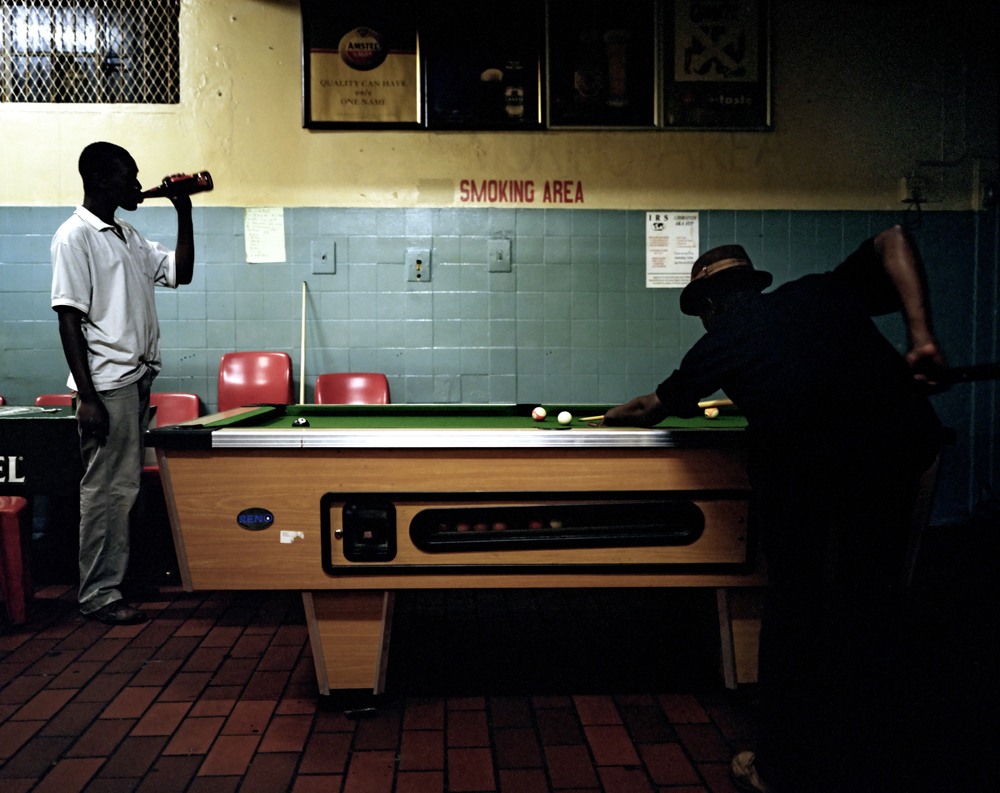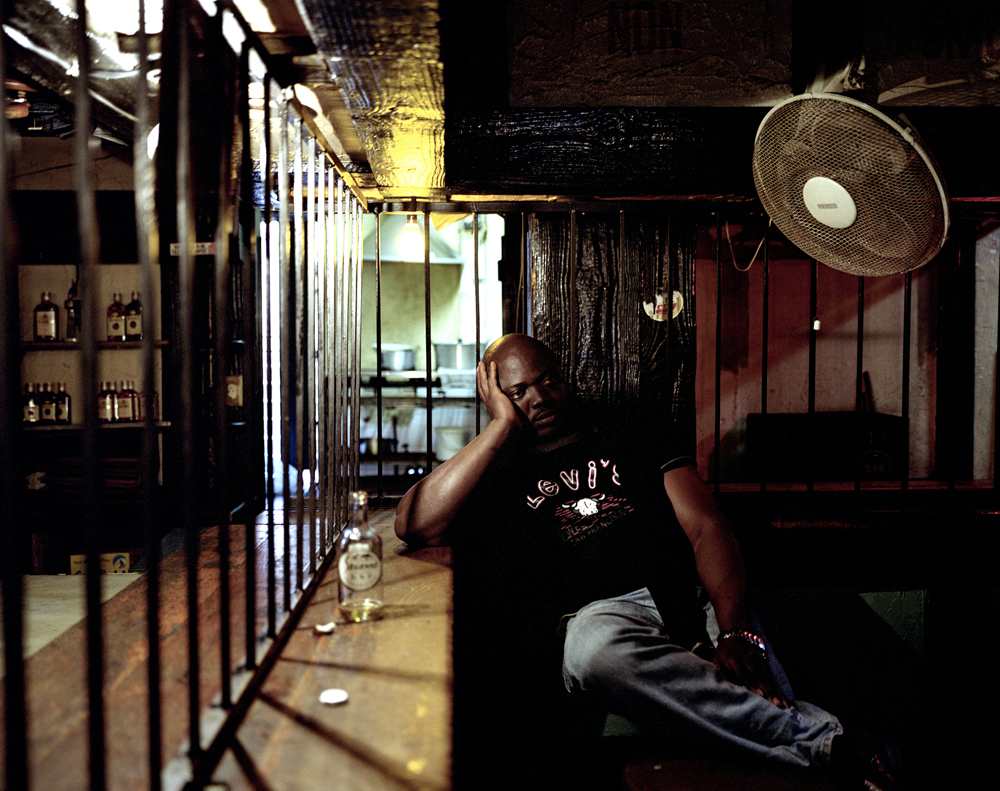South Africa through personal experiences
African photography is on the rise. Following decades of photographic misrepresentation by observers from outside the continent, African photographers are now showing the world what they see through their lens. This is Africa spotlights them in a series of interviews.
“It can be considered that as a South African growing up within a changing political and social environment these transitional facets are influential. Upbringing, tradition, religion and family can all play a role in ones own identity and conscience when exploring various societal dynamics through photography”, Ilan Godfrey says. The photographer from Johannesburg is born is 1980 and lives in Cape Town at the moment, but most of his photographic series still evolve around his hometown. His focus is mainly on subjects transpired out of personal experiences and life events, like ‘Louis Botha Avenue’ and ‘Living With Crime’.
Cross section
“It was on initiation of these projects that social, economical, geographical and historical themes began to surface”, he explains. “They bring to the fore various elements that engage with South Africa on multiple levels and that shift in relation to the narratives I am compiling. With most of my personal work I strive to reveal a more contemplative and honest explorations of life within the seams.” Ilan strives to focus on a cross section of South Africa, all classes, races, religions and cultures. “So I am ultimately bringing together all South Africans through new avenues of story telling where possible.”
‘Living With Crime’
The untold stories that don’t make the headlines, those deserve supplementary exploration and expansion according to Ilan. Drawing together various layers that reveal the good and the bad sides of South Africa. “My brush strokes are broad and tangential incorporating characteristics of our changing society in one-way or another.” His first series, ‘Living With Crime’, reflects back to the decade of the 1980s; one of the most violent periods in South African history. “This period was characterized by the extensive use of force by the South African state and those opposing. By the 1990s, the term ‘culture of violence’ was frequently used to describe the conflict that shrouded South African society. The nature of this violence bled into all parts of public life, undermining the ethical, and social fabric of society.
“What the images in this series represent are various communities in South Africa that have been affected by crime, who have survived a horrible ordeal or have had to live with the loss of a loved one due to crime. And through my work they will have the opportunity to express their feelings of sadness and anger as they struggle to come to terms with the psychological and emotional impact of their loss and that much in their current structural situation remains unchanged for instance the architectural environment they live in, with the constant threat of recurring crime.”
‘Louis Botha Avenue’
After this series Ilan was concerned with photographing Louis Botha Avenue, a major street in Johannesburg. Botha however believed in maintaining black traditions and in totally segregating black and white, except where black people were needed as workers. “In post-apartheid South Africa, divisions and historical facets are transforming within a new urban democracy. The council announced its intention to replace apartheid street names with names that reflect the country’s democracy, freedom and cultural diversity. This series can be seen as a time-line of change that represents the reconstruction of what is old into what is new. Reflected are the subtle and extreme changes that diversify and alienate me in a place I once knew and now try to understand. ‘Louis Botha Avenue’ reveals a chapter in my life as a youth but also a microcosm of Johannesburg as a city of extremes.”
The mine
More recently Ilan focussed on South Africa’s demand for gold, diamonds, coal and platinum, that for more than a century has gone from strength to strength, often shifting in accordance with the political economy and the availability of foreign markets. Mineral exploitation by means of cheap and disposable labour has brought national economic growth, making the mining industry the largest industrial sector in South Africa. “The mine”, irrespective of the particular minerals extracted Ilan explains, “is central to understanding societal change across the country and evidently comparable to mining concerns around the world. This enabled me to channel my conception of ‘the mine’ into visual representations that gave agency to these forgotten communities. The countless stories of personal suffering are brought to the surface and the legacy of ‘the mine’ is revealed.”
Read the original article on This is Africa




